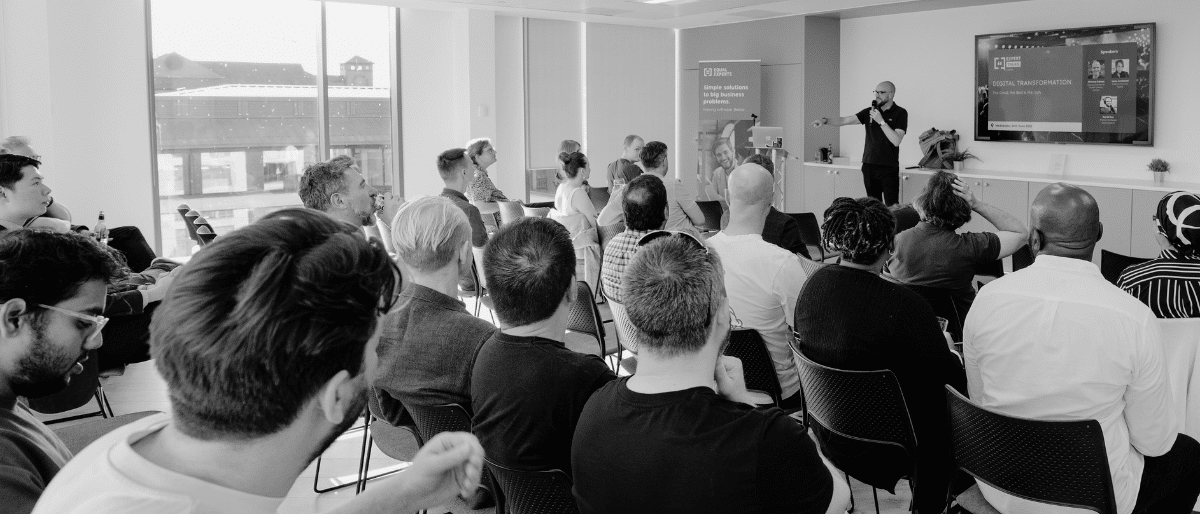
People worry about data governance. Governance is complex, but reframing it can help. Essentially it’s about people, not documents.
November 24, 2022
People worry about data governance. Governance is complex, but reframing it can help. Essentially it’s about people, not documents.
November 24, 2022